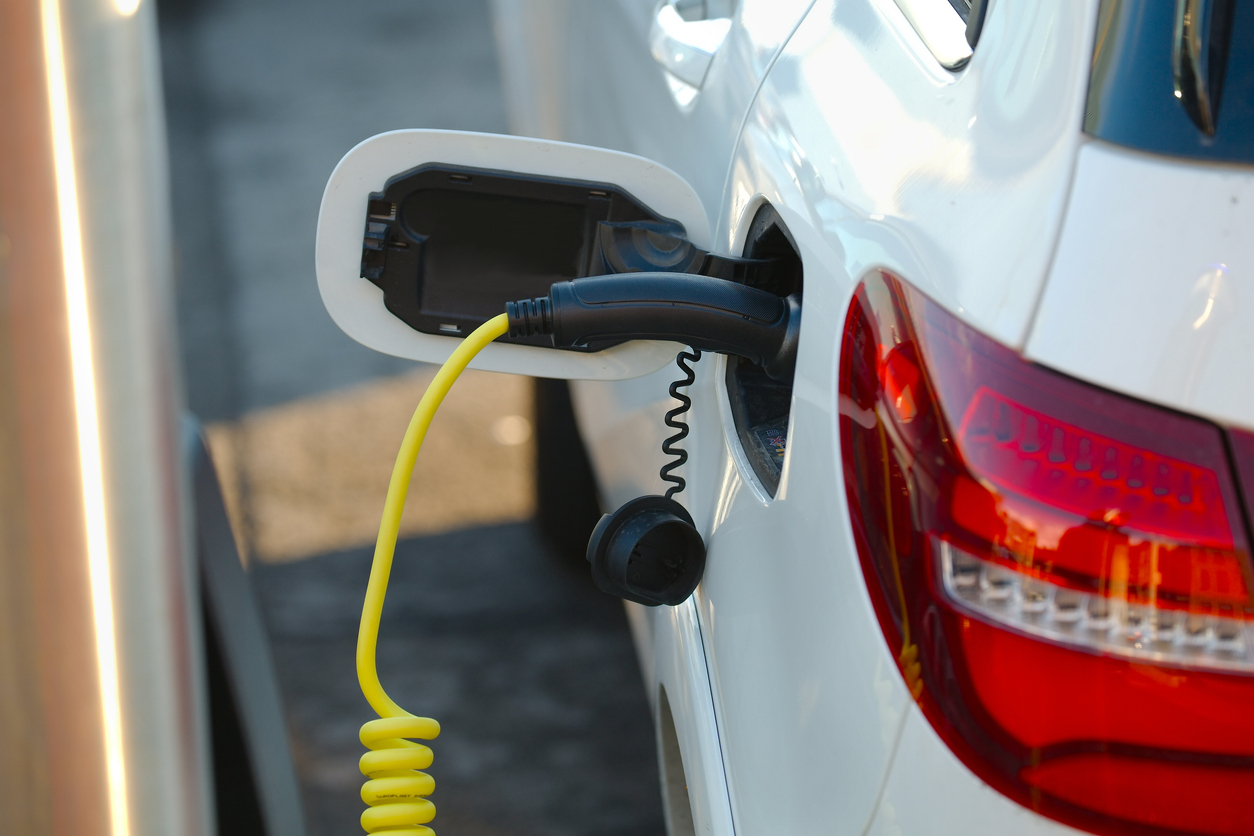
In 2015, the Paris Agreement ushered in a new era of international climate change commitments, in the wake of which ground-breaking policy initiatives were adopted. One such initiative is the European Green Deal, approved by the European Commission in 2020, which aims to make the EU climate neutral by 2050. Similar reforms have been forthcoming across the Atlantic, by way of the recently updated US climate plan.
The transport sector (and consequently the parking industry) is a major contributor to carbon emissions and will continue to see significant changes in the areas of electrifying mobility and autonomous driving technology. According to data from the International Energy Agency, the transport sector accounts for 37% of CO2 emissions. It is a sector that is still heavily reliant on fossil fuels and remains Europe’s biggest source of greenhouse gas emissions. It should therefore come as no surprise, that EU policies are aiming to replace conventional motor vehicles propelled through internal combustion engines, in favour of EV sales.
Keeping up with the global EV sales
The steady increase of EV sales since 2018 has been nothing short of miraculous, with over 16.5 million EV on the global road transport system by the beginning of 2022. In 2021, EV sales doubled year on year, with roughly 6.6 million EV sold. Despite global supply chain issues, the momentum has continued, with 2 million EV sold in the first quarter of 2022 alone.
The EV market has been most active in the US, Europe, and China, largely spurred on by governmental subsidies and other incentives. The EU, seeking to establish itself as a global climate leader, wants 60% of all motor vehicles sales to be EV by 2030 and, based on initial projections, it will require 44 million EV charging points across the customs territory. The US, under the Biden administration, has also indicated that it wants 50% of all motor vehicle sales to be EV by 2030, with the state of California leading the way in terms of regulatory support.
China currently accounts for half of the global EV sales, having sold nearly 3.3 million EV during 2021. Largely owing to low manufacturing costs, China has been able to offer EV to consumers at a price increase of merely 10%, relative to conventional motor vehicles. This upward trend in EV sales is set to continue, with China accounting for 75% of lithium-ion battery production and assembling more than half of global EV during 2021.
Unfortunately, developing nations are lagging due to supply chain shortages and the unaffordable prices of EV relative to the buying power of consumers in these emerging economies.
Parking well positioned to cash-in on demand for EV charging
The traditional perception of a parking facility is being reinvented, as EV users require extended periods to charge their EV. The EV boom has inspired the dawn of a new mutually beneficial service offering, whereby the demand amongst EV users to charge their EV when parked can be satisfied, whilst parking suppliers can benefit from increased revenue through providing charging stations.
There is also no shortage of support from governments and private investors, with €100 billion invested into electrifying mobility and autonomous driving technology since the beginning of 2020. Innovative parking suppliers are collaborating with local authorities in the creation of smart cities, whereby EV users are guided to vacant parking spaces where they can conveniently access an EV charging point.
Notwithstanding these positive trends, the successful transition to sustainability will be much reliant on clean energy. According to data from the International Council on Clean Transportation, it is expected that an entirely renewable electricity supply for EV charging could reduce carbon emissions from passenger vehicles by as much as 83%. Parking facilities are well poised to lead the way by incorporating solar power as part of its infrastructure. In fact, legislative developments suggest that parking facilities should consider this sooner rather than later. For example, the EU Commission are currently exploring the option of imposing a mandatory solar rooftop requirement for all commercial and public buildings, starting from 2027.



